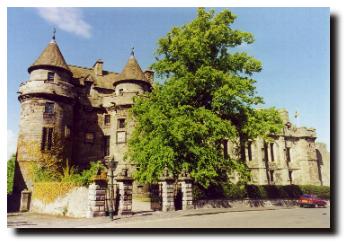
Falkland has been a royal place since the days of the Stewarts. King James II adopted it as a royal home (it had earlier been a castle of the MacDuff family) and it was used as a hunting lodge in the 12th century. In those days the Forest of Falkland had stags and wild boar and falconry was a popular sport.
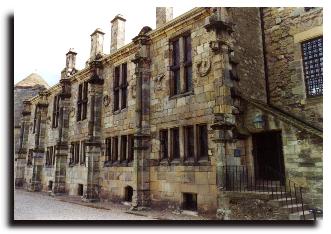
King James IV completed the main structure and King James V also added to the buildings there, transforming it into a sophisticated Renaissance palace. He was also responsible for adding the royal tennis court in 1539, which has survived to this day. James V died at Falkland Palace on December 14, 1542. His daughter, Mary Queen of Scots was a frequent visitor, enjoying the peace and tranquility of Falkland, away from the intrigues and politics of Edinburgh.
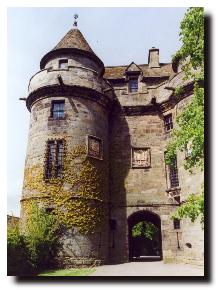
The massive gatehouse, through which visitors access the Palace today, was completed by James V although most of the adjoining facade of the building was completed by James IV. This is the part of the Palace which was restored in the 19th century by the Hereditary Keeper of the Palace, the 3rd Marquess of Bute. He refurbished the interior of the South Range, creating a comfortable home for himself. His son continued the good work by recreating a beautiful chapel which had originally been built by James V. Only the external walls of the East Range are still standing and there is no trace left of the North Range.
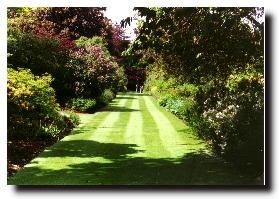
The Palace is now administered by the National Trust for Scotland and all the rooms in the South Range have been furnished in an appropriate manner. Unfortunately, as in all NTS property, photography is not allowed inside.
In addition to the Palace, a large and lovely garden has been created, full of well manicured lawns, mature trees and colourful flowers. Even without the Palace, this would be worth a visit on its own. There is a collection of eight further photographs of the flowers in the gardens at Falkland Palace elsewhere on Rampant Scotland in this Flipbook.
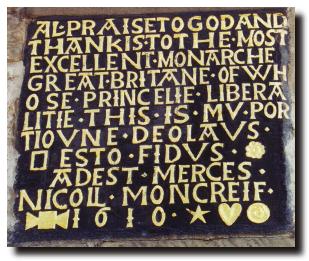
The Royal Burgh of Falkland became Scotland's first conservation village in the 20th century and is well worth investigating. It includes a thatched building which has a date of 1610 and a stone praising and thanking the monarch, James VI.



